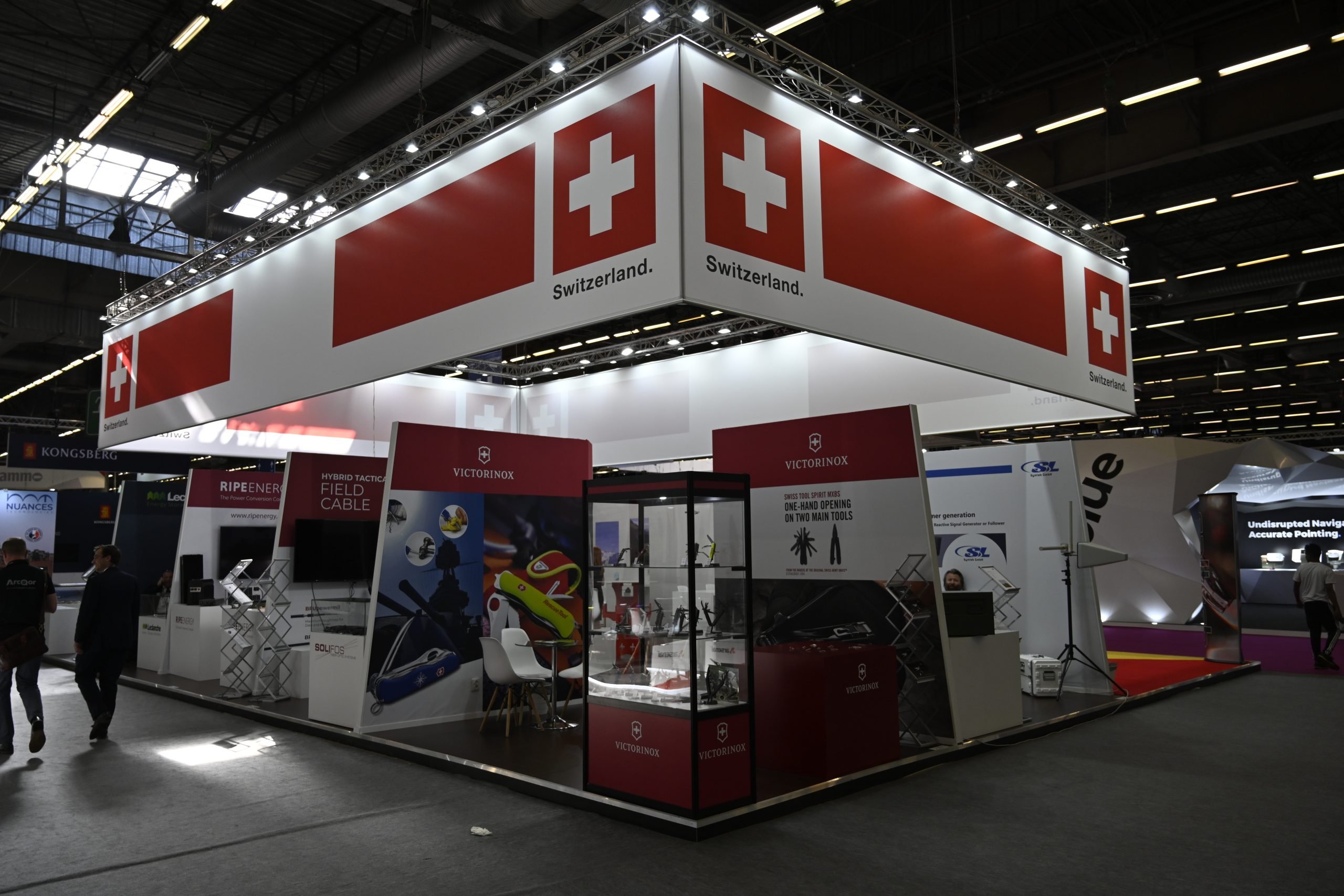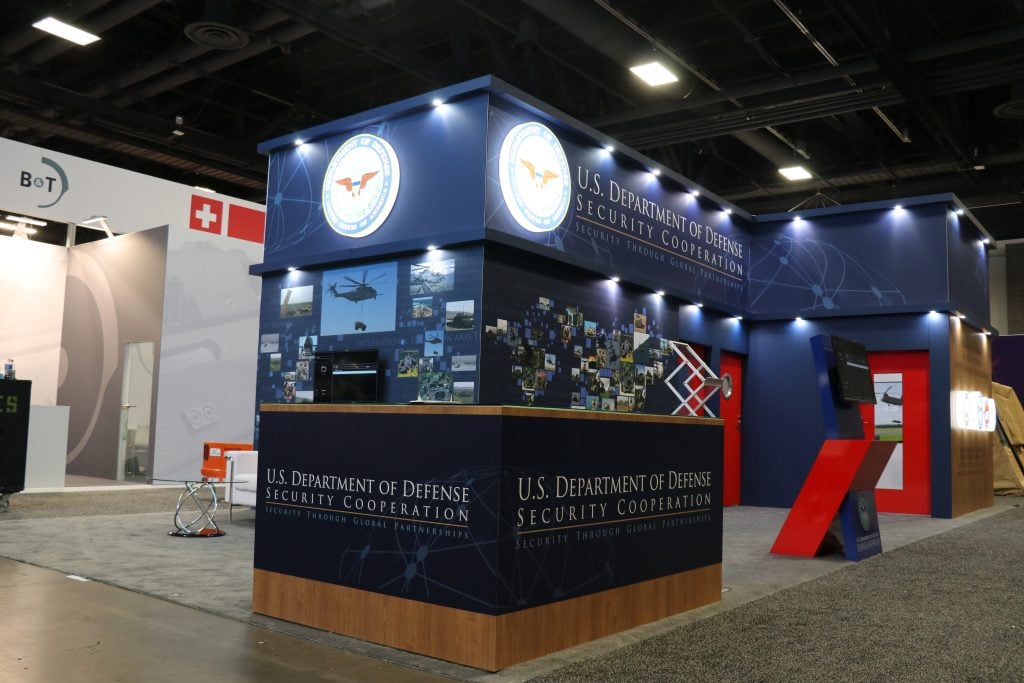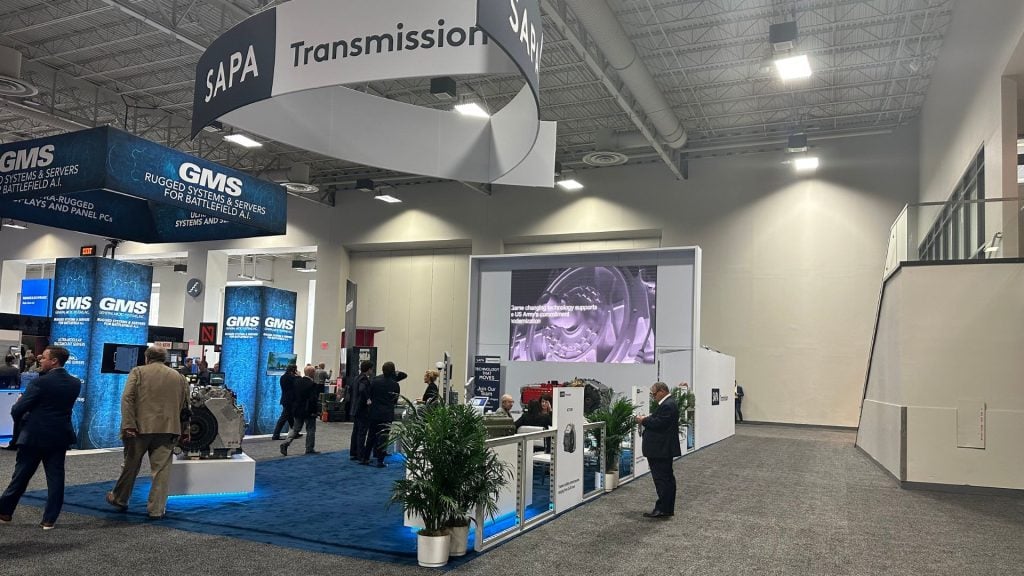
Introduction
Exhibit booth design has undergone a remarkable evolution in response to shifting consumer preferences and emerging marketing trends. As the landscape of trade shows and events continues to evolve, exhibit booth designers are challenged to adapt their strategies to meet the changing needs and expectations of attendees.
In this article, we’ll explore the evolution of exhibit booth design and how it has evolved to align with modern consumer preferences and marketing trends.
Early Beginnings:
In the early days of trade show exhibits, exhibit booth design was relatively simple and focused primarily on showcasing products and attracting attention.
Booths were often constructed using basic materials such as wood, cardboard, and fabric, with limited emphasis on branding or visual aesthetics. The primary goal was to create a functional space for exhibitors to interact with attendees and showcase their offerings.
Rise of Branding and Identity:
As competition in the marketplace increased, brands began to recognize the importance of creating a distinct identity and brand presence at trade shows and events. Exhibit booth design evolved to incorporate branding elements such as logos, colors, and messaging to help companies stand out from the crowd and reinforce their brand identity. Booths became more visually appealing and cohesive, reflecting the brand’s personality and values.
Emphasis on Engagement and Interaction:
In recent years, there has been a significant shift towards experiential marketing and interactive experiences at trade shows and events. Exhibit booth design has adapted to accommodate this trend, with a greater emphasis on creating engaging and interactive experiences for attendees.
Booths now feature interactive displays, hands-on demonstrations, and immersive technologies such as virtual reality and augmented reality to captivate audiences and encourage participation.
Integration of Technology:
Technology has played a significant role in shaping the evolution of exhibit booth design. With advancements in digital technology, exhibit booths now incorporate a wide range of technological innovations to enhance the attendee experience.
From touchscreen displays and interactive kiosks to live streaming and social media integration, technology has become an integral part of modern exhibit booth design, enabling exhibitors to connect with audiences in new and innovative ways.
Flexibility and Modularity:
Another key trend in exhibit booth design is the emphasis on flexibility and modularity. Exhibitors are increasingly seeking booth designs that can be easily reconfigured and adapted to different spaces and layouts.
Modular booth systems allow exhibitors to customize their booths to meet their specific needs and requirements, whether they are exhibiting at a large trade show or a smaller event. This flexibility enables exhibitors to maximize their investment in booth design and adapt to changing market conditions.
Sustainability and Eco-Friendliness:
In response to growing concerns about environmental sustainability, trade show exhibit booth design has also evolved to prioritize eco-friendly materials and practices. Exhibitors are seeking sustainable solutions such as recyclable materials, energy-efficient lighting, and reusable booth components to minimize their environmental impact and promote sustainability.
Sustainable trade show booth design not only aligns with consumer preferences for environmentally conscious brands but also demonstrates a commitment to corporate social responsibility.
Conclusion:
In conclusion, exhibit booth design has come a long way from its humble beginnings, evolving to meet the changing needs and preferences of both exhibitors and attendees. From a focus on branding and identity to an emphasis on engagement and interaction, exhibit booths have become dynamic spaces for showcasing products, fostering connections, and creating memorable experiences.
As technology continues to advance and consumer preferences continue to evolve, exhibit booth design will undoubtedly continue to adapt and innovate in response to the ever-changing landscape of trade shows and events. By staying abreast of emerging trends and embracing innovation, trade show exhibit booth designers can continue to push the boundaries of creativity and create impactful experiences that resonate with audiences for years to come.


 Global
Global Europe
Europe

